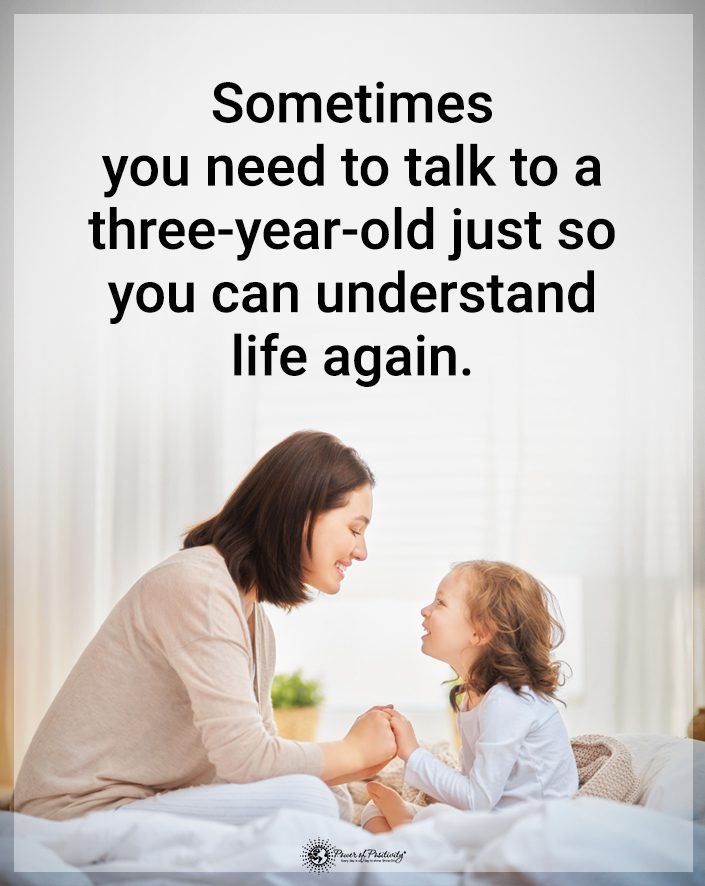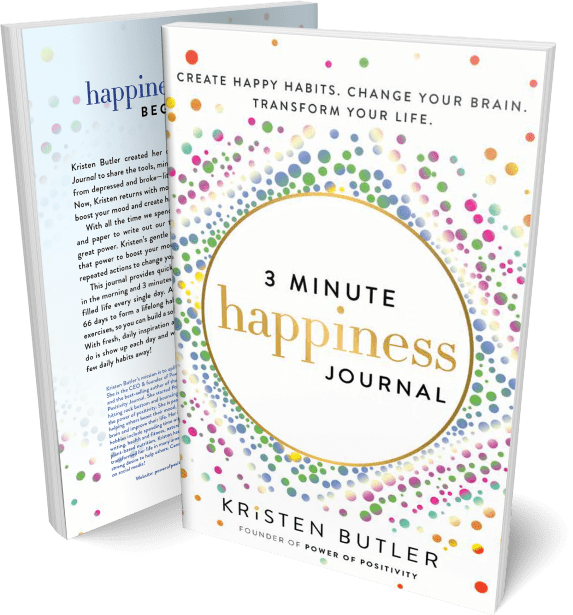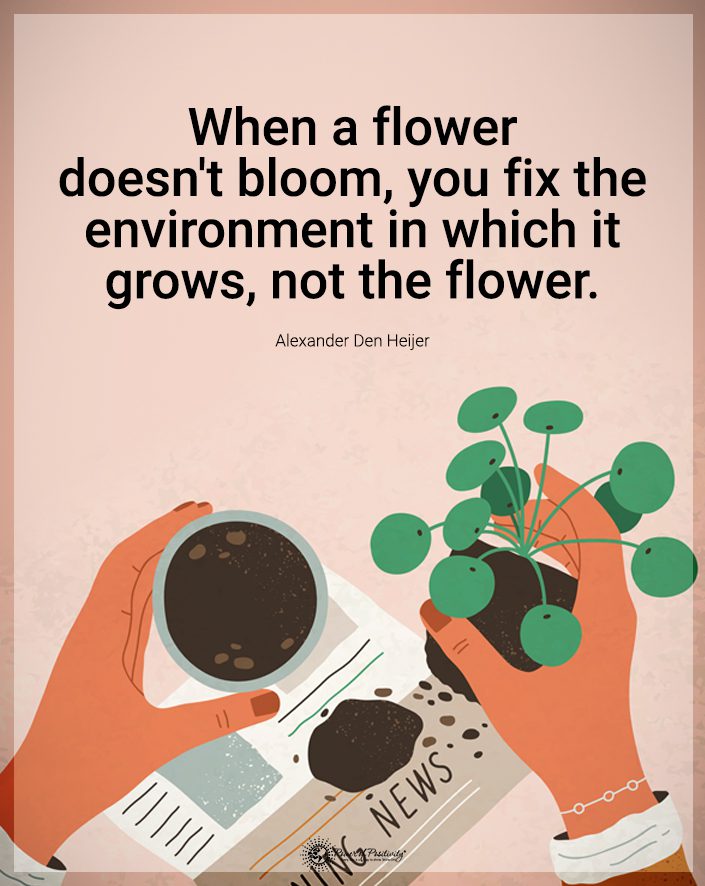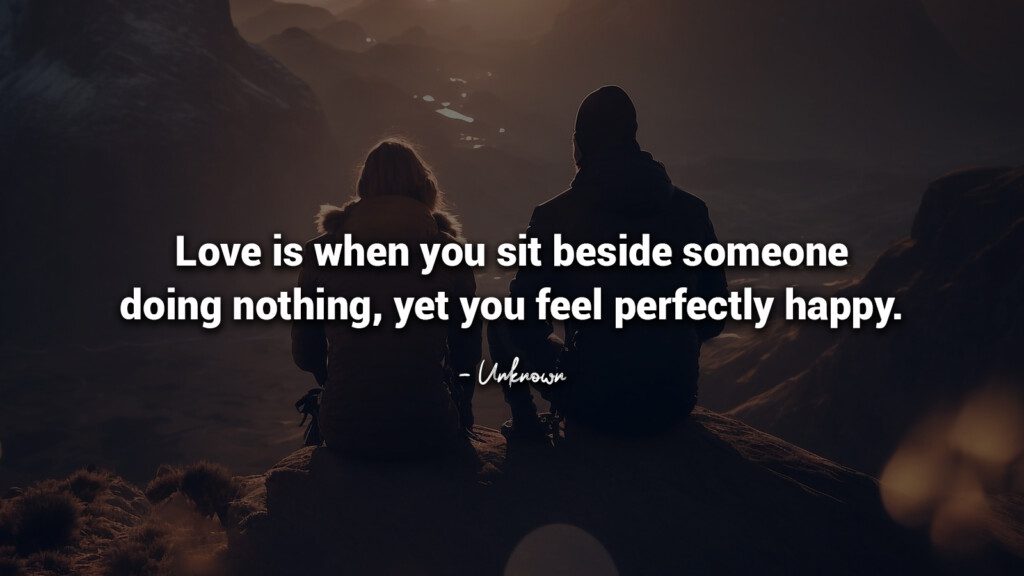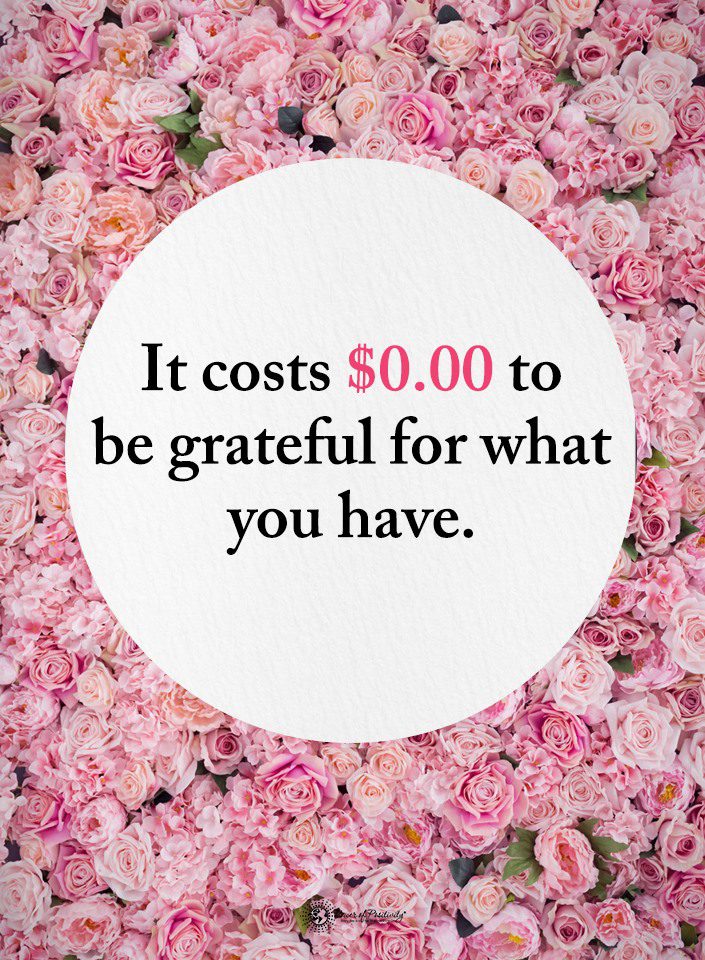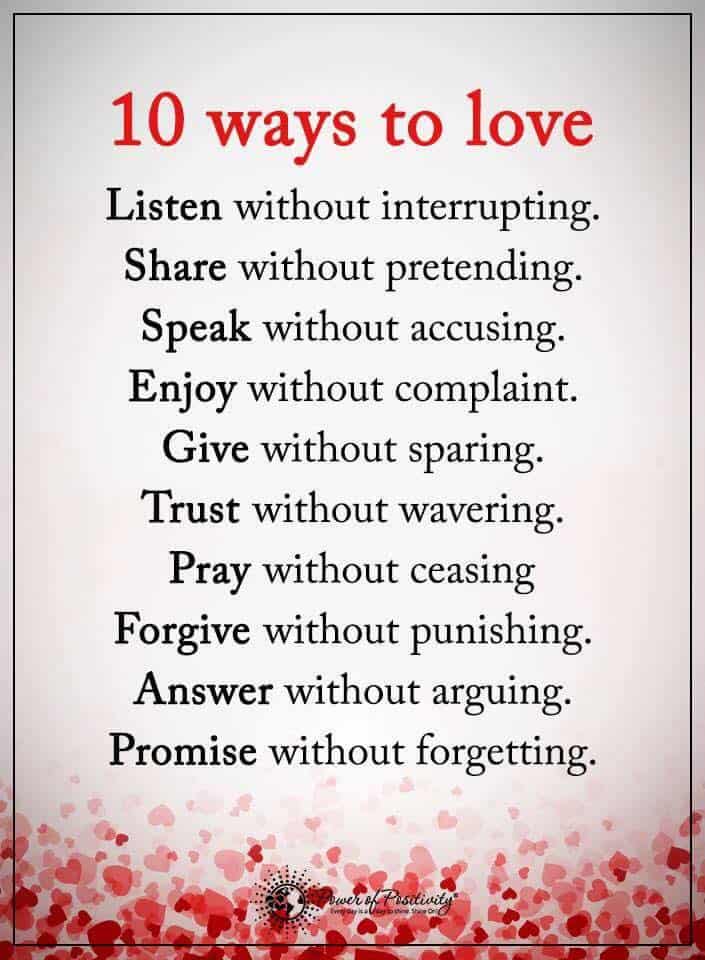Here’s what it feels like to fall in love with someone unavailable – and how to let go.
Have you ever been gripped by an intense feeling that consumes your every thought, only to realize that the object of your affection remains just out of reach? It’s a sentiment many have encountered at least once, whether it’s an unrequited crush, an off-limits attraction, or simply a love that’s not to be. Some describe it as an emotional roller coaster.
The emotional journey of loving someone you can’t have is as timeless as love, echoing through literature, music, and art across cultures and generations.
This article isn’t just a reflection on these overwhelming emotions. Rather, it is an exploration into the very essence of what it means to love genuinely. So, if you’ve ever found yourself gazing longingly at a star too far away or holding onto a love note never sent, you’re not alone.
The Depth of Unrequited Love
Imagine a painter standing before a stark, blank canvas, brush poised, filled with visions of beauty and passion, yet unsure how to express them. That is the essence of unrequited love. It is a depth of feeling, yearning to be shared but often unvoiced.
It’s a complex emotion that doesn’t fit neatly into a single box. Sometimes, it’s a fleeting crush that makes the heart race at the mere thought of someone. At other times, it’s a profound infatuation that seems to continue indefinitely, pulling us into a world of daydreams and what-ifs.
But what truly marks the depth of unrequited love is the roller coaster of emotions it brings with it. There’s the joy of admiring someone from afar, the sadness of unspoken words, the hope that the stars will align someday, and the fantasy of the perfect moments together.
However, it’s essential to remember that while these feelings can be overwhelming, they also have the potential to enrich our emotional palette. Much like the painter, we too can learn to channel our feelings, embrace the various hues of our emotions, and paint a picture that, while it might not be what we first envisioned, is still beautiful in its own right.
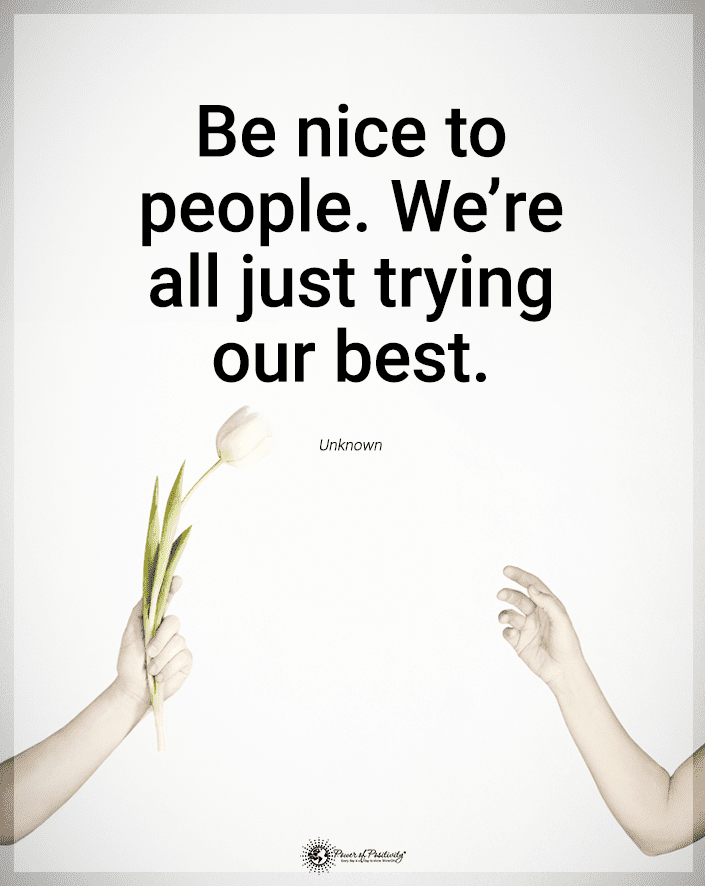
The Reasons Some Fall in Love With Someone Unattainable
The heart, they say, has its reasons which reason knows not of. But when it comes to loving someone we can’t have, it’s often more than just whimsical heartstrings at play. There are concrete factors, external and internal, that draw us towards such complex situations.
One of the most common scenarios is societal norms and taboos. Perhaps it’s a love that society doesn’t understand or accept. Cultural differences, age gaps, or societal expectations can often place barriers between two people, making their love seem forbidden or out of reach.
Then there are situations where the person we fall for is already in a relationship. It’s a tricky terrain, as the heart doesn’t always choose the best timing. Knowing they are with someone else can intensify the longing, adding layers of guilt, jealousy, and hope.
Another challenging scenario is loving someone who isn’t emotionally available or interested. It’s like reaching out in the dark, hoping for a hand to grasp, but finding only a space. The reasons for their unavailability can vary – past traumas, fear of commitment, or simply not sharing the same feelings.
Understanding these reasons isn’t about justifying the pain or making excuses. It’s about recognizing the factors that lead us down this path. By shedding light on these reasons, we can better navigate our emotions, making choices that honor our feelings and well-being.
The Impact of Unrequited Love on Mental Health
Emotions, especially those as potent as love, are intertwined with our mental well-being. When the euphoria of love mixes with the pain of unattainability, it can create a cocktail of emotions that, if not managed well, can tip our mental balance.
One of the primary emotional experiences of loving someone you can’t have is the oscillation between hope and despair. One moment, a simple gesture or a shared smile can send you soaring, and the next, the stark reality of the situation can plummet you into depths of sadness. These rapid shifts can sometimes act as triggers, intensifying feelings of depression or anxiety.
Furthermore, constantly thinking about the person, replaying scenarios in one’s mind, or living in a perpetual state of ‘what if’ can also lead to obsessive thoughts. These aren’t just daydreams; they can start to affect daily life, clouding judgment and making it difficult to focus on the present.
However, it’s not all doom and gloom. Recognizing the impact on mental health is the first step towards healing. Embracing self-awareness, understanding that it’s okay to feel this way, and focusing on self-care is crucial.
Whether it’s finding solace in a hobby, talking it out with a friend, or seeking professional help, there are many avenues to ensure that this experience, though painful, leads to growth and a stronger emotional foundation. Remember, it’s not about suppressing the emotions but channeling them in ways that contribute positively to our overall well-being.
Navigating Relationships with Others When in Love With Someone Else
When one chapter of our emotional book comes from yearning for someone we can’t have, it can cast a shadow on the other chapters. That’s particularly true when forming new relationships or maintaining existing ones.
Although the heart is expansive, opening up to potential new partners can be challenging when a part of it belongs to someone else. New relationships deserve a fresh start, free from the baggage of past unfulfilled desires. However, transparency is essential when our emotional compass points towards someone unattainable. Not necessarily about the details but about where we stand emotionally.
Furthermore, there’s a real danger of transferring feelings. The admiration or attributes we saw in the person we couldn’t have might make us seek similar traits in new partners or even expect them to fill the void. This comparison not only places undue pressure on the new relationship but can also be unfair to both parties.
Boundaries, in such situations, become paramount. While it’s natural to seek solace in friends or potential partners, understanding and respecting emotional boundaries, ensure we don’t end up misreading signals or setting ourselves up for further heartbreak.
The key lies in communication. Be it with friends, family, or potential partners, opening up about your emotional state, even if it’s just a bit, can provide clarity and pave the way for more robust, more genuine connections. After all, love, in all its forms, thrives in understanding and empathy.
Coping Mechanisms and Moving Past an Unavailable Love
When faced with the heartache of loving someone out of reach, it can feel like navigating a labyrinth with no apparent way out. However, with the right tools and perspectives, not only can we find our way, but we can also emerge stronger and more resilient.

Acceptance is the First Step:
It’s essential to acknowledge and accept your feelings without judgment. Understand that emotions are a natural part of the human experience, and there’s no right or wrong in feeling the way you do.
Seek Professional Guidance:
Therapy or counseling can offer valuable insights if the weight becomes too burdensome. A professional can provide coping strategies tailored to your situation, helping you process emotions more healthily.
Channel Your Emotions:
Instead of letting emotions simmer beneath the surface, find outlets for expression. That could be through writing, music, art, or any creative endeavor. These acts can be therapeutic and help you process what you’re going through.
Stay Present:
While it’s easy to get lost in daydreams and ‘what ifs,’ grounding yourself in the present is vital. Meditation, yoga, or simple mindfulness exercises can help anchor your thoughts.
Expand Your Horizon:
Engaging in new activities or hobbies can offer a fresh perspective and shift focus. It also provides opportunities to meet new people and create different emotional connections.
Remember the Value of Time:
Healing isn’t a race. While cliché, it’s true that time can mend many emotional wounds. Allow yourself to grieve, feel, and heal at your own pace.
These unattainable loves are but a thread with a larger tapestry, albeit a vibrant one. By adopting coping mechanisms and focusing on personal growth, this thread can blend into a beautiful, intricate design, a testament to our capacity to love, lose, learn, and love again.
The Power of Letting Go of an Unavailable Love
Holding onto the memories and the longing associated with someone unattainable can sometimes be like carrying a heavy weight. As poetic and defining as these experiences are, there comes a moment when it might be necessary to let go for personal well-being and emotional evolution.
- Recognizing the Weight: The first step is often to acknowledge that this emotional attachment has become a burden, no matter how profound or poetic. Whether it manifests as persistent sadness, an impediment in daily functioning, or a blockade against new relationships, it’s crucial to recognize its impact.
- The Art of Release: Letting go isn’t about erasing memories or nullifying feelings. It’s about freeing oneself from the shackles of what-ifs and if-onlys. It’s a conscious decision to prioritize one’s emotional well-being over the persistent ache of unfulfilled desires.
- Creating New Narratives: As we let go of old stories, replacing them with new narratives is essential. This could mean developing new habits, forging fresh connections, or even physically rearranging spaces to make room for new experiences.
- Embracing Change: Change is inevitable. As seasons change, so do emotions and situations. Embracing this transient nature of life can be empowering, offering a renewed perspective on love and relationships.
- Seeking Closure: Sometimes, letting go requires closure. That doesn’t always mean a grand gesture or a final conversation with the person in question. It could be as personal as writing a letter you never sent, visiting a place filled with memories one last time, or even a simple, inward acknowledgment.
- Rediscovering Self: In the haze of longing, it’s easy to lose oneself. Letting go provides an opportunity to rediscover personal desires, ambitions, and dreams that might have taken a back seat.
The power of letting go is transformative. It doesn’t imply forgetting or undermining the significance of past experiences. Instead, it signifies growth, maturity, and a deepened understanding of one’s emotional landscape. Like a phoenix rising from the ashes, there’s immense beauty and strength in breaking free from the chains of the past and soaring into the possibilities of tomorrow.
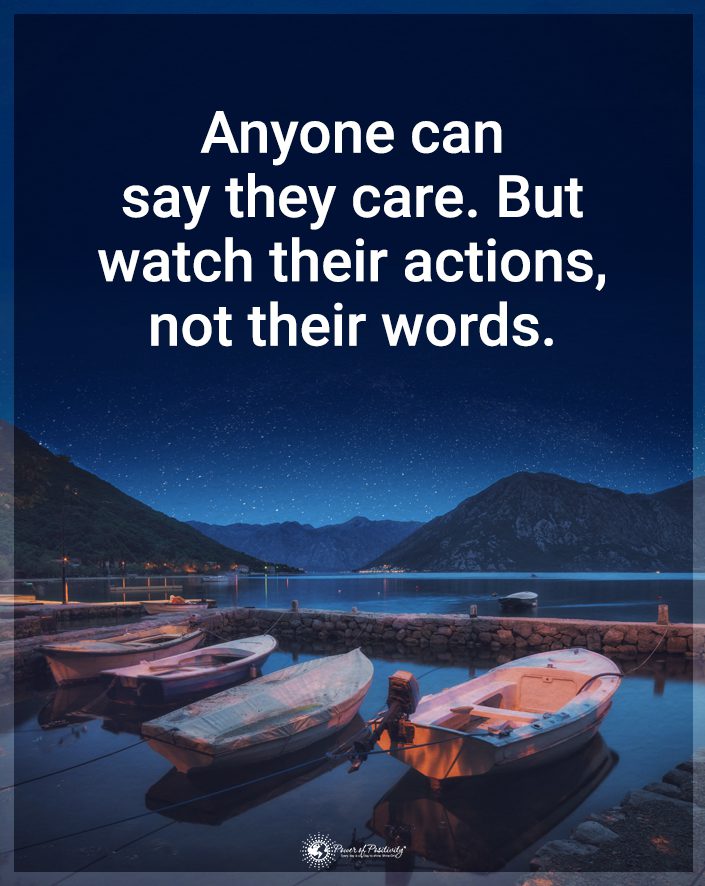
Final Thoughts on Falling in Love With Someone You Cannot Have
The complexities of human emotions, especially love, can never be understated. Whether it’s the euphoria of love that’s reciprocated or the melancholy of a love that’s just out of reach, each experience adds a unique layer to our life’s narrative.
Always remember that love is a gift in all its forms. Even when it eludes our grasp, it leaves behind traces – memories to cherish, lessons to imbibe, and stories to share. So, as you navigate the intricate dance of human emotions, always hold onto the belief that every beat, every pause, and every sway is crafting a story uniquely yours, filled with depth, beauty, and endless potential.


